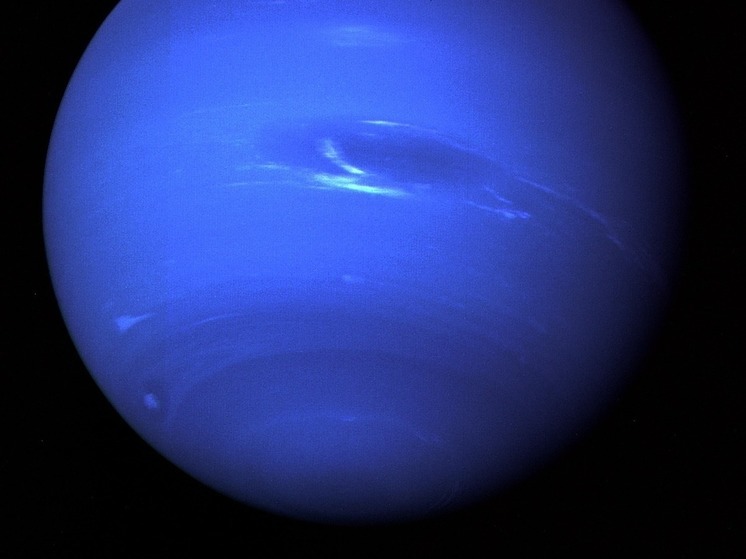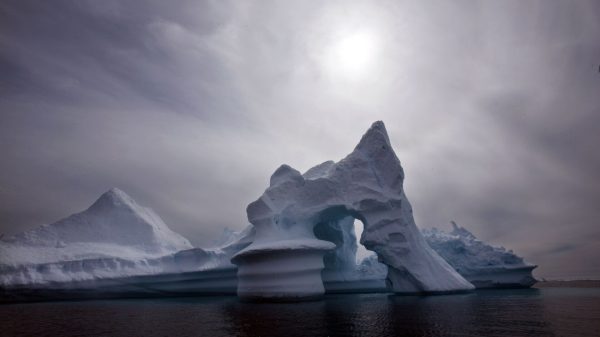Neptune is only slightly more saturated in color than Uranus
Two cosmic ice giants — Uranus and Neptune — have a similar pale blue color, new research shows, correcting previous ideas about the relative shades planets.

Interior designers love this color, But duck's egg blue appears to be common throughout our solar system, and research suggests it is the true color of both Uranus and Neptune, writes The Guardian.
New work from scientists challenges the popular belief that Neptune is a deep blue hue, suggesting that instead both planets are the same color — with Neptune only slightly bluer than Uranus.
“Uranus is still looks bland and quite dull, but Neptune also looks quite washed out when you do a full true color reconstruction,” says Professor Patrick Irwin, first author of the study from the University of Oxford.
As The Guardian notes, it has long been known that the color of the ice giants is due to the high content of methane in their atmospheres, a gas that absorbs green and red light. Research by Professor Irwin and his colleagues previously suggested that Neptune was the slightly bluer of the two planets because one of the aerosol layers in its atmosphere was more transparent.
However, images constructed from data collected by NASA's Voyager 2 spacecraft during missions in the 1980s led to misconceptions about the true colors of the planets: Neptune was perceived as dark blue because its images were enhanced in contrast to highlight his weaker features.
“Although these images were published with captions stating that they had been “enlarged” or “stretched”, over time these captions inevitably became detached from the images and led to «long-standing and persistent misunderstanding of the relative colors of these two planets,» the researchers say.
New color images of the planets taken by the research team show that both are a pale blue-green color, with very similar results obtained even when using data from different Hubble Space Telescope instruments or data from the Voyager missions.
The study also shed light on the mystery of why Uranus appears to change color with the seasons. Previous observations have shown that the planet appears greener in summer and winter when its polar regions face the Earth and the Sun.
Using computer models, the team suggests this is not just due to lower methane content in the polar regions Uranus, but also because a haze of frozen methane particles forms above the pole facing the sun, scattering the light and therefore increasing the reflection of green and red wavelengths.
But Irwin said questions remain , including why methane levels were lower at Uranus' poles and why such a haze formed over the warmer pole.
“There's a lot about these planets that we just don't understand,” he said, adding that in order to find out more, NASA and the European Space Agency (ESA) need to join forces and send a spacecraft to them.
“We really need to go into orbit and drop a probe down so that we can accurately see what's there instead of trying to piece it together based on remote sensing observations,” says the scientist.



































































Свежие комментарии